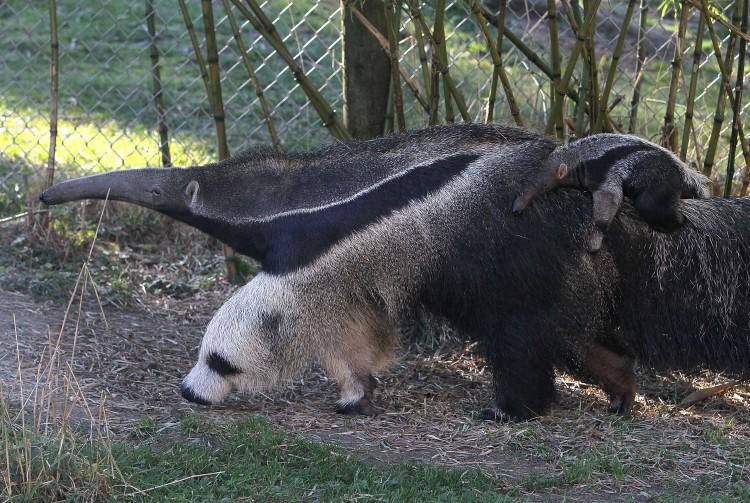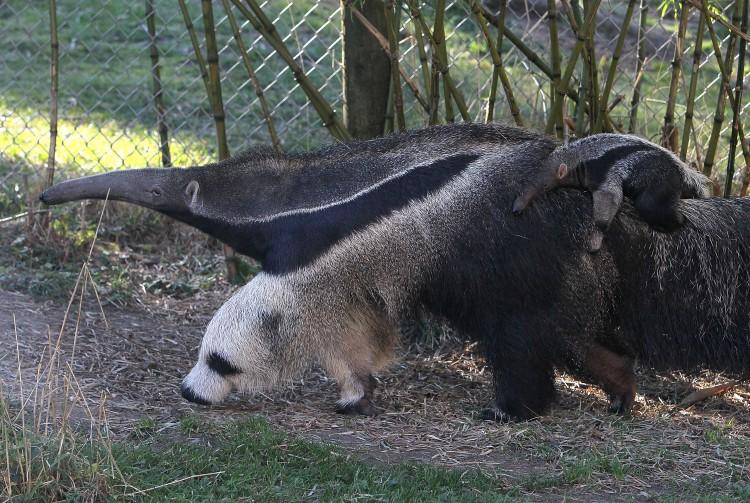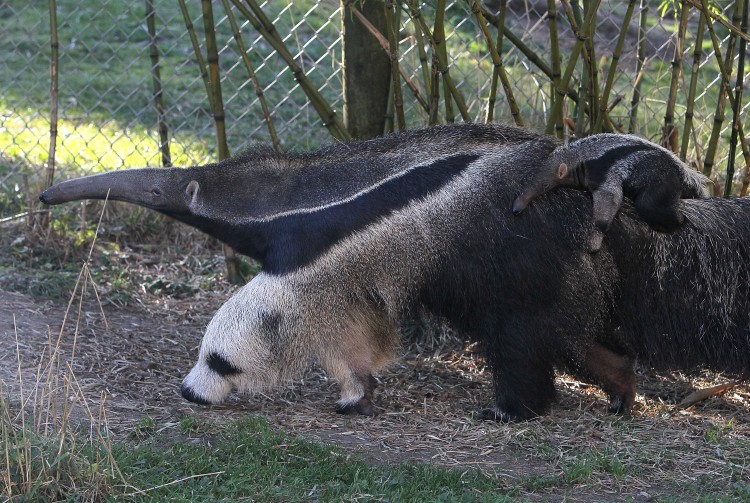Large vertebrates are rapidly going extinct in the small forest fragments remaining after mass deforestation in Brazil.
Led by England’s University of East Anglia (UEA), an international team of scientists assessed the long-term effects of hunting and forest fragmentation on tropical biodiversity in the Atlantic Forest in Brazil.
About 90 percent of the area has been deforested for agriculture, grazing, and development with most remnants smaller than a football pitch. On average, these patches contained only four of the 18 mammal species being surveyed.
“We uncovered a staggering process of local extinctions of mid-sized and large mammals,” said study co-author Gustavo Canale from the State University of Mato Grosso (UNEMAT) in a press release.
The study revealed that white-lipped peccaries were completely extinct, and other mammals like jaguars, woolly spider monkeys, and giant anteaters were nearly extinct.
“You might expect forest fragments with a relatively intact canopy structure to still support high levels of biodiversity,” said study senior author Carlos Peres from UEA in the release. “Our study demonstrates that this is rarely the case, unless these fragments are strictly protected from hunting pressure.”
The researchers found that fragments in protected areas had the most number of species in the region.
“We therefore recommend the implementation of new strictly protected areas, such as national parks and biological reserves, including forest fragments containing populations of endangered, rare, and endemic species, particularly those facing imminent extinctions,” Canale said.
However, many existing protected areas are under threat from degradation and being downsized or degazetted.
“Human populations are exploding and very few areas remain untouched by the expanding cornucopia of human impacts,” Peres said. “It is therefore essential to enforce protection in areas that are nominally protected ‘on paper.’ The future of tropical forest wildlife depends on it.”
The study was published in PLoS ONE on Aug. 14.
The Epoch Times publishes in 35 countries and in 19 languages. Subscribe to our e-newsletter.






